Interval Quality
Chromaticism in music means that more descriptive intervals names are necessary
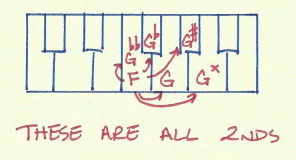
Families
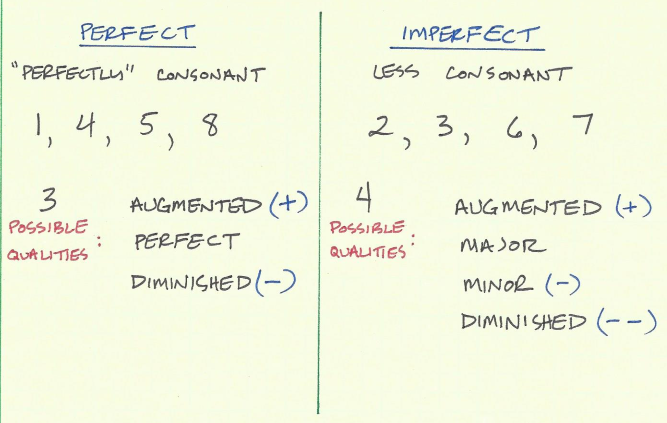
The Interval of a SECOND
- Belongs to the imperfect family
- Inverts to sevenths
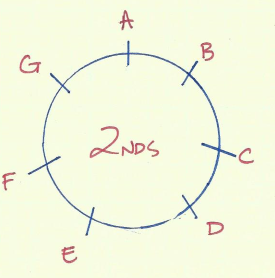 |
Augmented second (A2) = 3 semitones |
| Major second (M2) = 2 semitones | |
| Minor second (m2) = 1 semitone | |
| Diminished second (d2) = 0 semitones |
The Interval of a THIRD
- Belongs to the imperfect family
- Inverts to sixths
 |
Augmented third (A3) = 5 semitones |
| Major third (M3) = 4 semitones | |
| Minor third (m3) = 3 semitones | |
| Diminished third (d3) = 2 semitones |
The Interval of a FOURTH
- Belongs to the perfect family
- Inverts to fifths
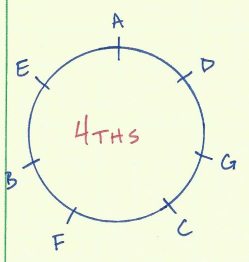 |
Augmented fourth (A4) = 6 semitones |
| Perfect fourth (P4) = 5 semitones | |
| Diminished fourth (d4) = 4 semitones |
The Interval of a FIFTH
- Belongs to the perfect family
- Inverts to fourths
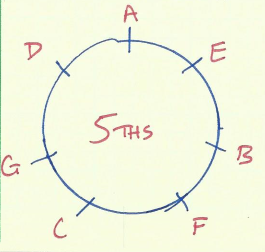 |
Augmented fifth (A5) = 8 semitones |
| Perfect fifth (P5) = 7 semitones | |
| Diminished fifth (d5) = 6 semitones |
The Interval of a SIXTH
- Belongs to the imperfect family
- Inverts to thirds
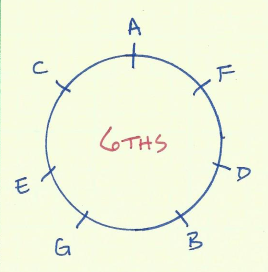 |
Augmented sixth (A6) = 10 semitones |
| Major sixth (M6) = 9 semitones | |
| Minor sixth (m6) = 8 semitones | |
| Diminished sixth (d6) = 7 semitones |
The Interval of a SEVENTH
- Belongs to the imperfect family
- Inverts to seconds
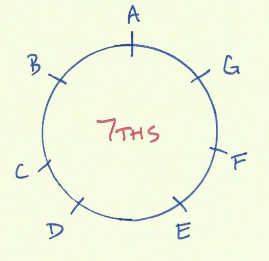 |
Augmented seventh (A7) = 12 semitones |
| Major seventh (M7) = 11 semitones | |
| Minor seventh (m7) = 10 semitones | |
| Diminished seventh (d7) = 9 semitones |
Unisons and Octaves
- Belong to the perfect family
- Invert to one another (unisons to octaves, octaves to unisons)
| Augmented unison (A1) = 1 semitone | Augmented octave (A8) = 13 semitones |
| Perfect unison (P1) = 0 semitones | Perfect octave (P8) = 12 semitones |
| Diminished unison (d1) = -1 semitone | Diminished octave (d8) = 11 semitones |
Octave – frequency x2; same letter name (where the NMA repeats)
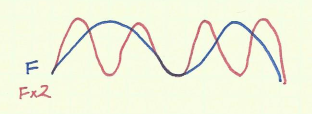

Leave a Reply